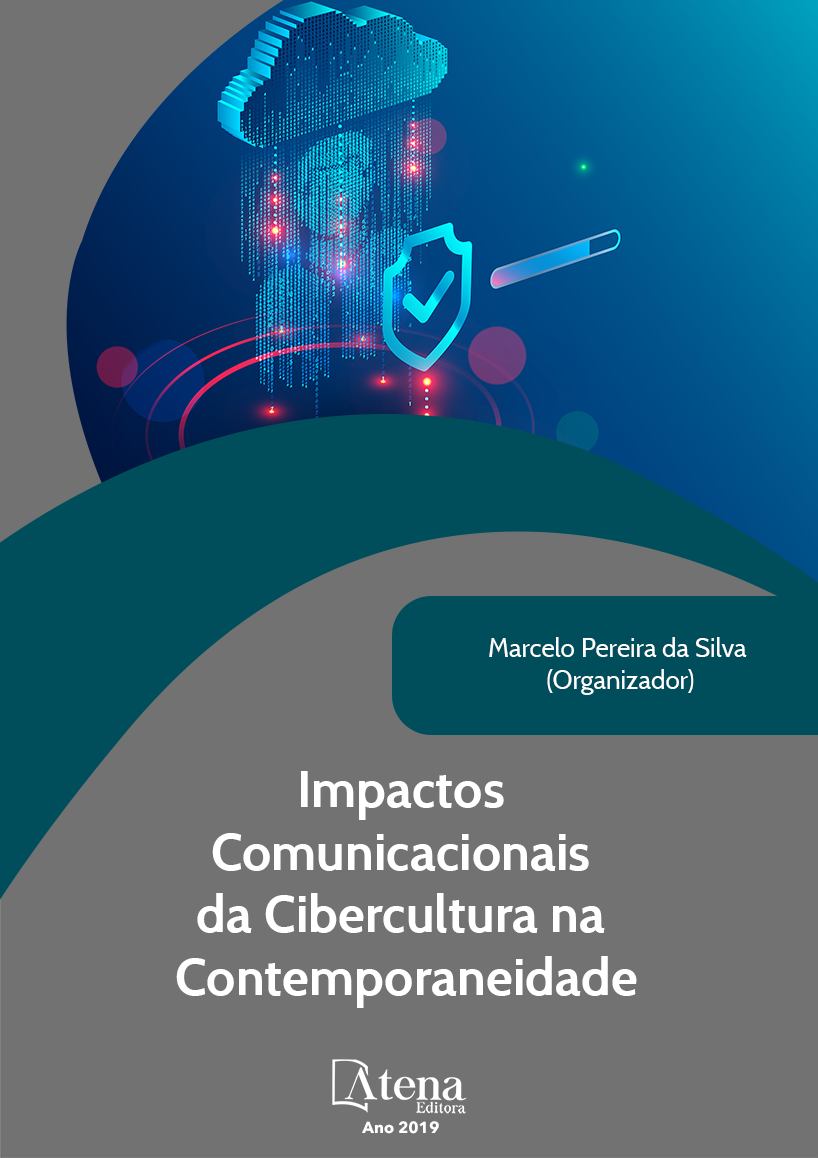
MOTIVAÇÕES DAS FAKE NEWS E A MANIPULAÇÃO DA OPINIÃO PÚBLICA: ANÁLISE DAS NOTÍCIAS COMPARTILHADAS EM JULHO/2017 PELO MOVIMENTO BRASIL LIVRE (MBL) EM SUA FANPAGE NO FACEBOOK
corpus de estudo deste artigo
foram notícias compartilhadas pelo Movimento
Brasil Livre (MBL) em julho/2017 no Facebook
e teve como objetivo identificar fake news
entre as matérias compartilhadas, analisar sua
disseminação e popularização e a influência do
MBL na formação da opinião pública. A hipótese
levantada foi a de que o MBL privilegiou o
compartilhamento de fake news como uma
estratégia para disseminar suas verdades e
persuadir a opinião pública. Intentou-se alcançar
os objetivos propostos por meio da metodologia
da análise de conteúdo de BARDIN (2011), além
de bases teóricas em autores como Manuel
CASTELLS (2013) e André LEMOS (2002)
para Cibercultura e Ciberativismo; Maria da
Glória GOHN (2017), para Movimentos Sociais
na Internet; Wilson GOMES (2011) e Rousiley
MAIA (2006) para Comunicação Política, Mídia
e Esfera Pública. Para Notícia e Opinião Pública
se buscou referência em Nelson TRAQUINA
(2004). Entende-se a relevância desse estudo
pelo fato de a internet ser o segundo meio
de comunicação de maior influência para
informação aos brasileiros, apontando 49%
de menção na Pesquisa Brasileira de Mídia
realizada pela SECOM em 2016; também pelo
fato de que a transmissão de notícias – ainda
que falsas – revela o jogo político e de poder
presente no veículo que a dissemina.
MOTIVAÇÕES DAS FAKE NEWS E A MANIPULAÇÃO DA OPINIÃO PÚBLICA: ANÁLISE DAS NOTÍCIAS COMPARTILHADAS EM JULHO/2017 PELO MOVIMENTO BRASIL LIVRE (MBL) EM SUA FANPAGE NO FACEBOOK
-
DOI: 10.22533/at.ed.6971911116
-
Palavras-chave: Fake News. Ciberativismo. Redes Sociais. Movimento Brasil Livre (MBL). Influência Midiática.
-
Keywords: Fake News. Cyberactivism. Social networks. Free Brazil Movement (MBL). Media influence.
-
Abstract:
The corpus of study of this article
was news shared by the Free Brazil Movement
(MBL) in July / 2017 on Facebook and aimed to
identify fake news among the shared articles,
analyze their dissemination and popularization
and the influence of MBL in the formation of
public opinion. The hypothesis raised was
that MBL favored sharing fake news as a
strategy to disseminate its truths and persuade
public opinion. It was intended to achieve the
proposed objectives through the methodology
of content analysis of BARDIN (2011), as well as theoretical bases in authors such as Manuel CASTELLS (2013) and André LEMOS
(2002) for Cyberculture and Cyberactivism; Maria da Glória GOHN (2017), for Social
Movements on the Internet; Wilson GOMES (2011) and Rousiley MAIA (2006) for Political
Communication, Media and Public Sphere. For news and public opinion reference was
sought in Nelson TRAQUINA (2004). The relevance of this study is understood by
the fact that the Internet is the second most influential means of communication for
information to Brazilians, pointing to 49% of mention in the Brazilian Media Research
conducted by SECOM in 2016; also by the fact that the transmission of news - albeit
false - reveals the political and power game present in the vehicle that disseminates it
-
Número de páginas: 15
- Ivanilce Santos Oliveira
- Tamiris Artico


